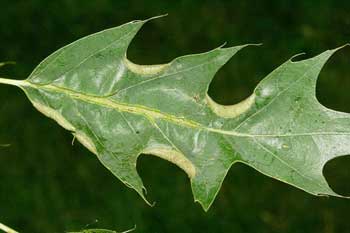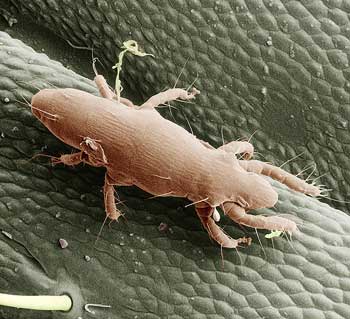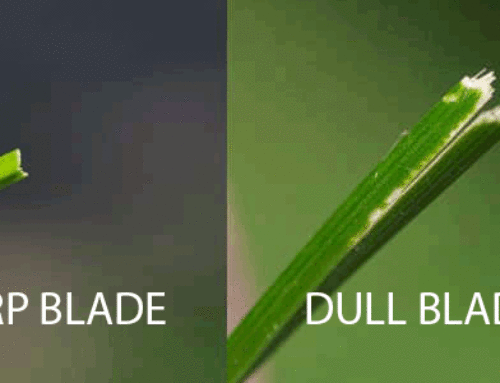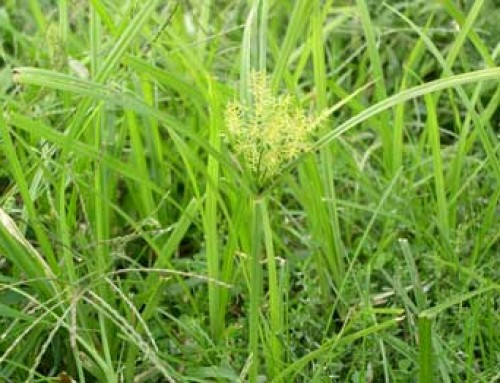The oak mite has people and their pets scratching. Native to Europe, this pest was first detected in the Kansas City area in 1994. The mites cause itchy, red welts that have small blisters in their center
Unlike chiggers that mostly concentrate in restricted areas around waste bands and socks, oak itch mite bites are more common to the head, neck, arms and upper torso. Symptoms appear 10-16 hours after exposure.
Most of these, nearly microscopic, mites spend the early part of their lives eating the larvae of midges inside pin oak leaves. After they eat all the midges inside their gals the mites blow in the wind, some to find suitable human or other animal hosts. Bites usually begin in August and last until the first hard frost, usually in late October.
Preventing oak mite populations:
- The mites spend most of their lives inside protective gals.
- The control of the midges has never been considered practical or beneficial to the trees.
- They may or may not occur each year, this just happens to be a big one for them.
- Currently, there are not options to control or eliminate oak mites.
Preventing oak mite bites:
- Avoid areas that have a lot of pin oaks with oak leaf curl.
- Wear a hat and long sleeves with tightly woven fabric while in those areas.
- Shower and launder hat and clothing upon return from infested areas.
- Keep windows shut if your home is in an infested area.
- The use of DEET or other bug sprays is not effective.
Treatment for oak mite bites:
- Avoid scratching to prevent secondary infections.
- Use antihistamine cream such as corticosteroid/diphenhydramine or for a more natural option, jewel weed to control the itch.
- See a doctor if the rash is severe.
If you have questions about the health of your trees or shrubs, do not hesitate to contact Martz Bros. Lawn & Tree Care at (913)789-9333 or ONLINE.






